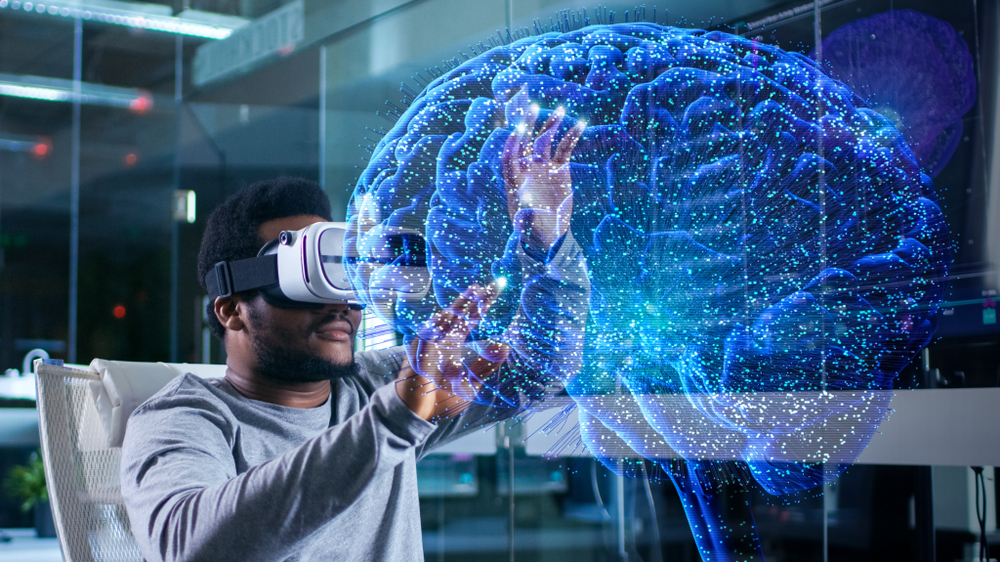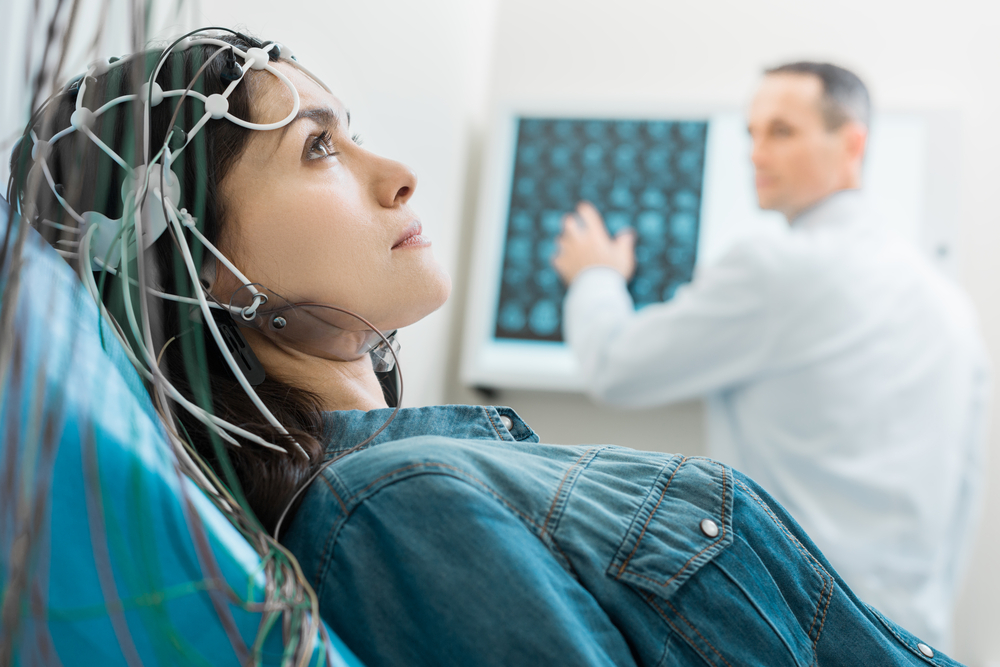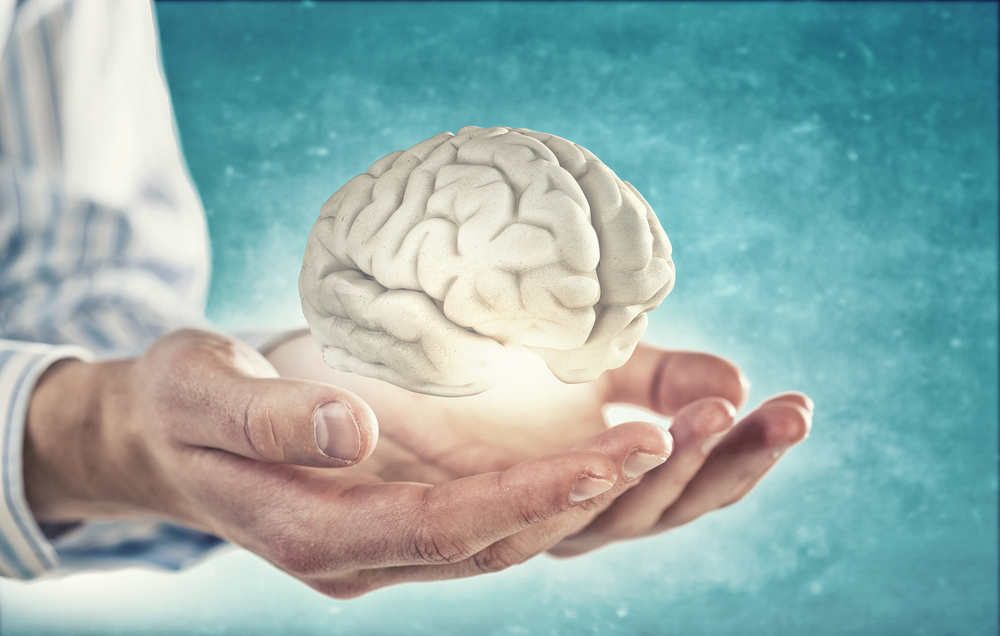
Studies of the human brain is one of the most interesting, mysterious and exciting areas of modern science. Reports of discoveries in this field appear regularly. Of course, because knowledge about the reserves of the brain will help us to preserve the clarity of mind and firmness of memory. And, if necessary, will even widen it. Don’t believe? And scientists are already experimenting.
30% memory
Recent experiments by American researchers showed that we have the ability to expand the memory capacity by almost a third.
Professionals Baptist medical center Wake forest and the University of southern California jointly recruited a group of volunteers from people with epilepsy (for this disease is characterized by loss of memory). In the brain of patients prior to the experiment was implanted electrodes were used to study the process of occurrence of seizures. These electrodes doctors used to stimulate memory during the experiment.

Subjects were asked to complete a simple test, involving event-based or short-term memory. From the electrodes, scientists obtained information about how neurons “react” to the job. When patients took the test again, the electrodes are not already recorded the brain signals, and stimulate neurons in a certain way. As a result, the memory reserves expanded by about 30%.
What are the prospects?
While “implants” to improve memory healthy people are not considered. Development is underway for correction of the condition of people suffering from Alzheimer’s disease and also for patients with stroke or traumatic brain injury affecting memory. For such people it is very important to keep information about who they are, where they live, how they look, their relatives. A special code, which the researchers hope to make, will help to stimulate the brain neurons and increase the strength of memories.
Transplant memory
Agree, “transplant memory” sounds like something out of science fiction. However, scientists were able to conduct successful research in this area.

A few years ago, physiologists were convinced that memory is electrical signals between nerve cells. However, recently it was discovered that she has quite a tangible medium. Experts from the University of California conducted an experiment on snails (slugs). One group of “test subjects” were subjected to electric shocks, so in a few days they learned to contract in response to touch. The second group of snails no effects had been subjected on touching reacted calmly.
After some time, scientists have transplanted RNA from snails of the first group of snails, the second, calm, group. And they began to demonstrate similar behavior to shrink when touched.
Thus it was possible to show that memory is “media”. And further research in this area will enable us to create drugs that can block the negative or harmful to the psyche of memories.
Scientists come up with more applied ways to improve memory. For example, a font that facilitates memorization of the text, to read about in our article.
